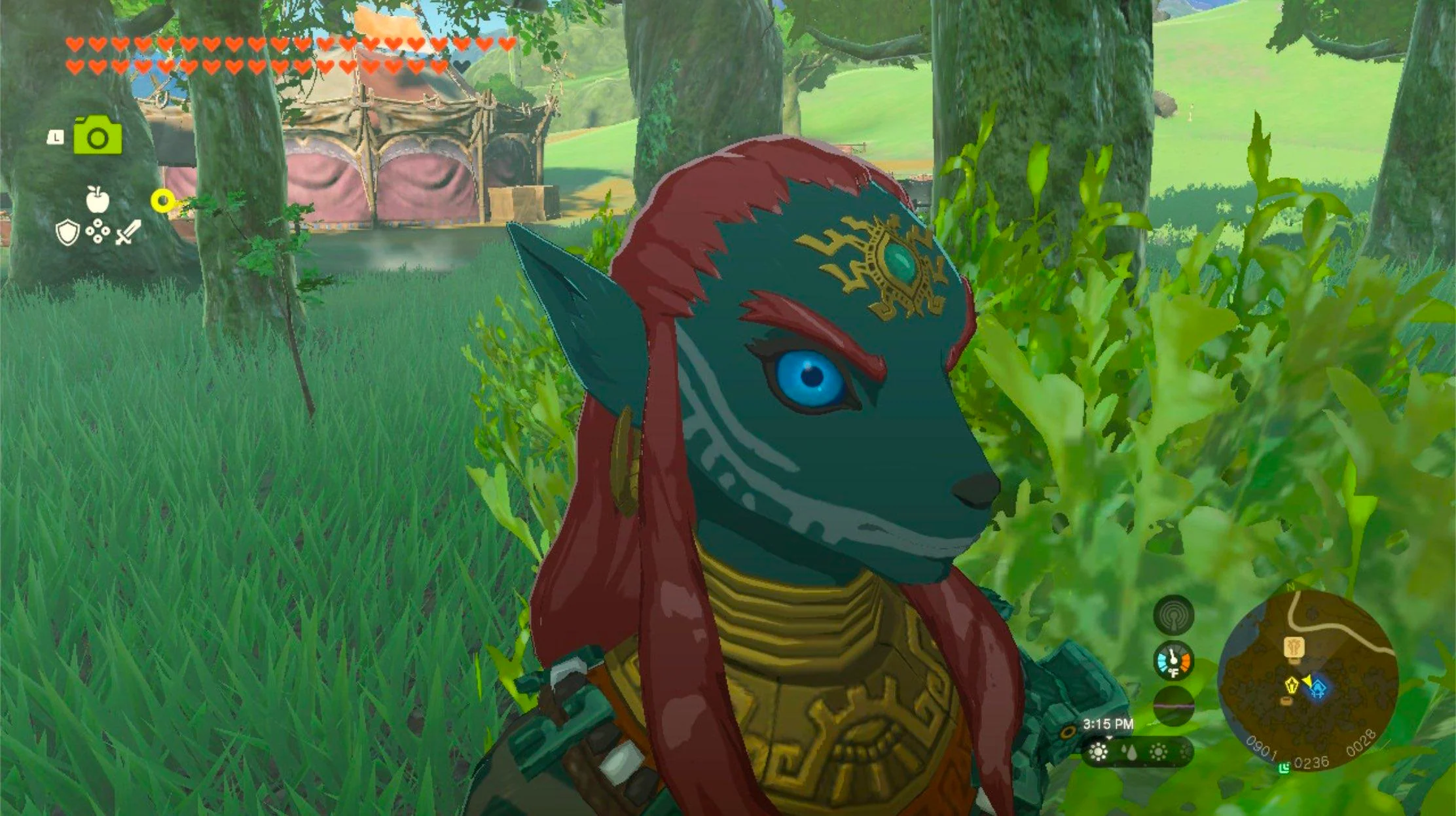Introduction
The concept of the “Ancient Hero’s Aspect” has been woven into the fabric of human history, storytelling, and culture. From the epic tales of Achilles’ unmatched strength to the wisdom of Odysseus, the qualities and traits of ancient heroes continue to inspire and shape modern understanding of heroism. These mythic figures represent not just strength and bravery but ideals of human potential, embodying a standard that transcends time.
Today, the “Ancient Hero’s Aspect” finds its place in everything from literature to video games, offering modern audiences a chance to connect with the timeless ideals that have resonated for centuries. In this article, we’ll explore the origins of the ancient hero’s aspect, its mythological foundations, its influence in modern media, and how we can apply these heroic attributes to our own lives.
1. Understanding the Ancient Hero’s Aspect
1.1 Definition and Origins
The “Ancient Hero’s Aspect” refers to the defining traits that made legendary figures of antiquity so revered. These attributes often included extraordinary physical abilities, unwavering moral courage, and a deep connection to the gods or fate. From ancient Greece to Mesopotamia, each civilization had its own interpretation of what a hero should embody. These ancient figures were more than just warriors; they were paragons of virtue, defenders of their people, and models of the human spirit.
Historically, the idea of the hero evolved from folklore, mythology, and real-life figures whose deeds transcended the mundane. Heroes like Hercules and Gilgamesh exemplified superhuman strength, while figures like King Arthur symbolized honor and wisdom. These legendary traits, known as the “Hero’s Aspect,” set them apart from ordinary men and elevated them to near-divine status.
1.2 Key Traits of Ancient Heroes
Ancient heroes shared several key traits, regardless of their cultural origin. Strength, bravery, and wisdom were core to their identity, as were loyalty and sacrifice. Achilles’ indomitable spirit, for example, was not just about physical prowess but also about his unwillingness to compromise on honor. Similarly, Odysseus’ wisdom and cunning were as important to his heroism as his combat skills.
In many cultures, the hero’s journey is a recurring narrative device, illustrating the trials and transformations a hero must undergo. This journey, often depicted in art and literature, reflects not just the external battles heroes face but also their internal struggles. The aspect of the hero, therefore, represents both the hero’s physical actions and the moral and ethical challenges they encounter along the way.
2. The Mythology Behind the Ancient Hero’s Aspect
2.1 Heroes in Myth and Legend
Ancient heroes, such as Hercules, Achilles, and Perseus, are celebrated in mythological texts for their deeds and legendary aspects. In Greece, heroes were often demi-gods, born of both divine and human lineage, possessing superhuman capabilities yet prone to human flaws. For instance, Achilles was invincible, except for his heel—a metaphor for human vulnerability even in those blessed with godlike strength.
In Mesopotamian legends, Gilgamesh, the king of Uruk, embarked on a quest for immortality, revealing how ancient heroes also dealt with existential questions. Their struggles, while often physical, also explored themes of mortality, fate, and the human condition. These ancient tales laid the groundwork for how we understand heroism today, with each hero reflecting the values of their time and culture.
2.2 The Role of Gods and Fate in Heroic Aspects
In many myths, the hero’s destiny is closely intertwined with the gods. The gods played an instrumental role in shaping the fate of heroes, often granting them divine powers or testing their resolve through trials. In Greek mythology, for instance, Athena guides and aids Odysseus, ensuring that his wisdom prevails. Meanwhile, Hercules’ labors were directed by the gods, both as a punishment and a path to redemption.
Fate, or “moira” in ancient Greek culture, also played a significant role in shaping the hero’s journey. Many heroes were bound by prophecies or curses, reinforcing the notion that their destinies were written in the stars. This connection to fate elevated the hero’s aspect from mere human strength to a divine narrative that transcended mortal limitations.
2.3 How Heroic Aspects Were Passed Down Through Legends
Oral traditions ensured that the deeds and aspects of ancient heroes were passed down through generations. These stories were often retold by bards, scribes, and priests, ensuring that each culture preserved its heroic ideals. In ancient Greece, for example, epic poems like Homer’s Iliad and Odyssey immortalized the valor of their heroes. These tales not only entertained but also taught moral lessons, reinforcing societal values through the heroic lens.
As time progressed, these stories evolved, blending history with legend. Heroes became more than just historical figures; they became symbols of the ideals their cultures valued most. The ancient hero’s aspect was thus immortalized, shaping the identity of civilizations and influencing modern interpretations of heroism.
3. Manifestations of the Ancient Hero’s Aspect in Modern Media
3.1 The Ancient Hero’s Aspect in Games
The concept of the ancient hero has found fertile ground in modern video games, where characters often possess traits reminiscent of the heroes of old. In role-playing games (RPGs) like The Legend of Zelda or Assassin’s Creed, the player often takes on the role of a hero tasked with completing epic quests. These heroes, much like their ancient counterparts, must overcome impossible odds and face their own weaknesses to succeed.
Video games leverage the ancient hero’s aspect to create immersive narratives where the player can experience the thrill of embodying legendary power. Whether through magical abilities, physical prowess, or moral choices, players are often drawn into the timeless appeal of becoming a hero whose aspect is larger than life.
3.2 Modern Literature and Cinema
The influence of ancient heroism extends beyond games into modern literature and cinema. Films like Gladiator and Troy revisit ancient heroic tales, reimagining them for contemporary audiences. These adaptations explore not just the physical strength of these characters but also their inner struggles with honor, loyalty, and mortality.
In literature, modern novels often draw upon the heroic aspects of antiquity to craft complex protagonists. For instance, characters in fantasy series such as A Song of Ice and Fire (Game of Thrones) embody various heroic traits, grappling with questions of power, fate, and justice that mirror ancient hero myths.
4. Unlocking and Emulating the Ancient Hero’s Aspect
4.1 Lessons from Ancient Heroes
Ancient heroes teach us that true heroism often lies not in brute strength but in perseverance, honor, and moral clarity. Figures like Achilles remind us of the importance of standing by one’s principles, while Odysseus demonstrates the power of wit and resilience. These timeless lessons can be applied to our own lives, inspiring us to face challenges with courage and integrity.
4.2 Developing Your Own Heroic Aspect
In a modern context, the ancient hero’s aspect can be emulated through personal growth and character development. By striving to embody qualities like perseverance, leadership, and resilience, we can harness the same inner strength that defined the heroes of old. Developing your heroic aspect means embracing your challenges, learning from your failures, and always aiming for self-improvement.
4.3 Symbolic Significance of the Hero’s Aspect Today
The ancient hero’s aspect remains a powerful symbol of humanity’s capacity for greatness. From the battlefield to the boardroom, individuals who demonstrate courage under pressure, unwavering integrity, and compassion for others can be seen as modern-day heroes. Whether through personal development or professional success, the heroic aspect continues to inspire and guide us in our daily lives.
Conclusion
The “Ancient Hero’s Aspect” is more than just a relic of the past—it is a timeless framework for understanding human potential. From ancient myths to modern media, the heroic aspect embodies values that transcend cultures and eras. Whether in games, literature, or real life, the lessons of ancient heroes continue to inspire us to reach for greatness, face our challenges, and live with honor.



